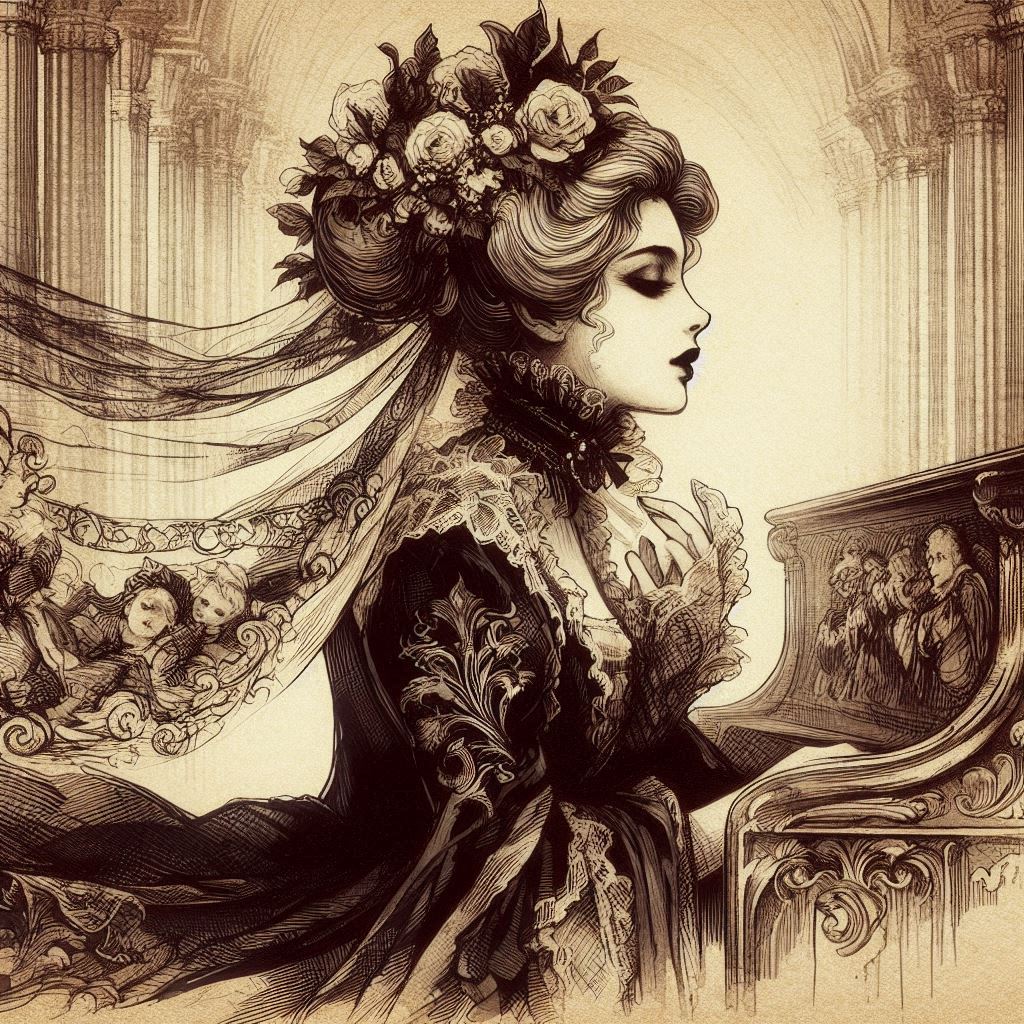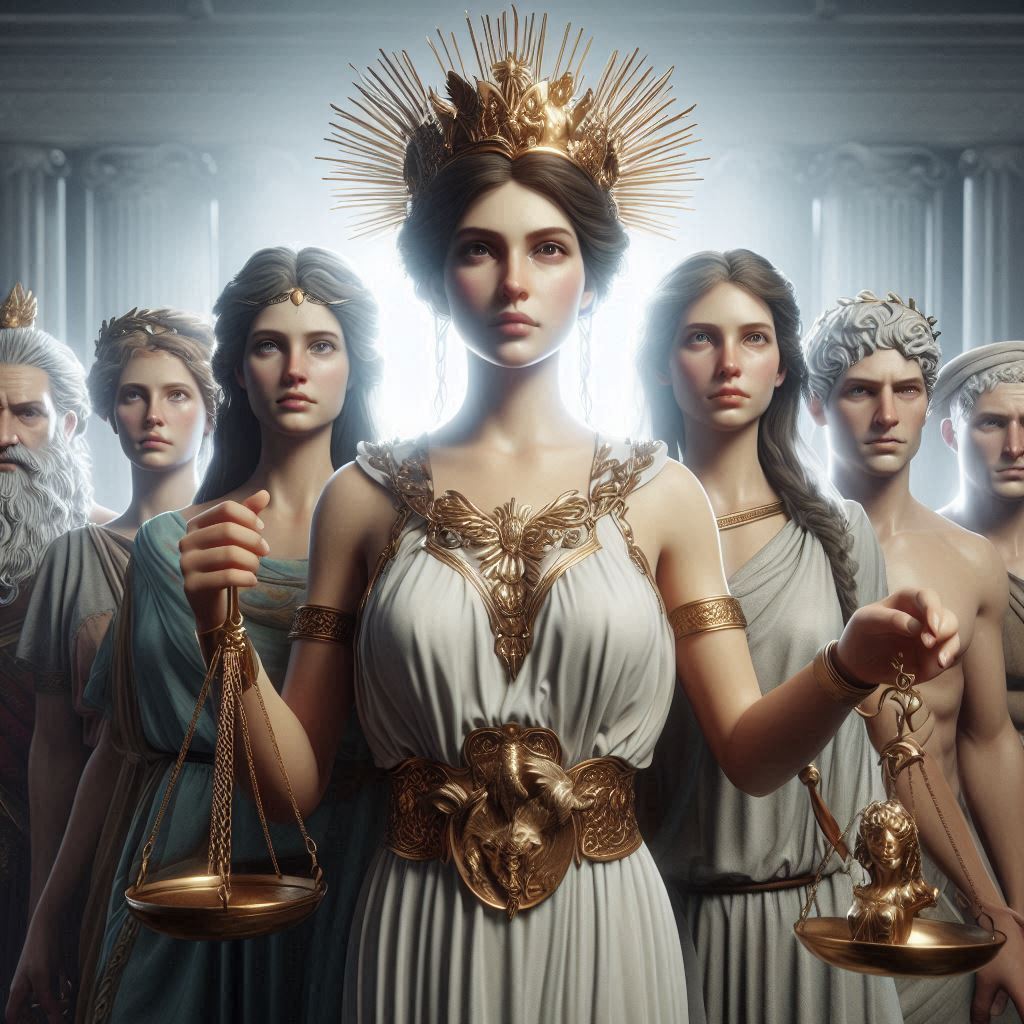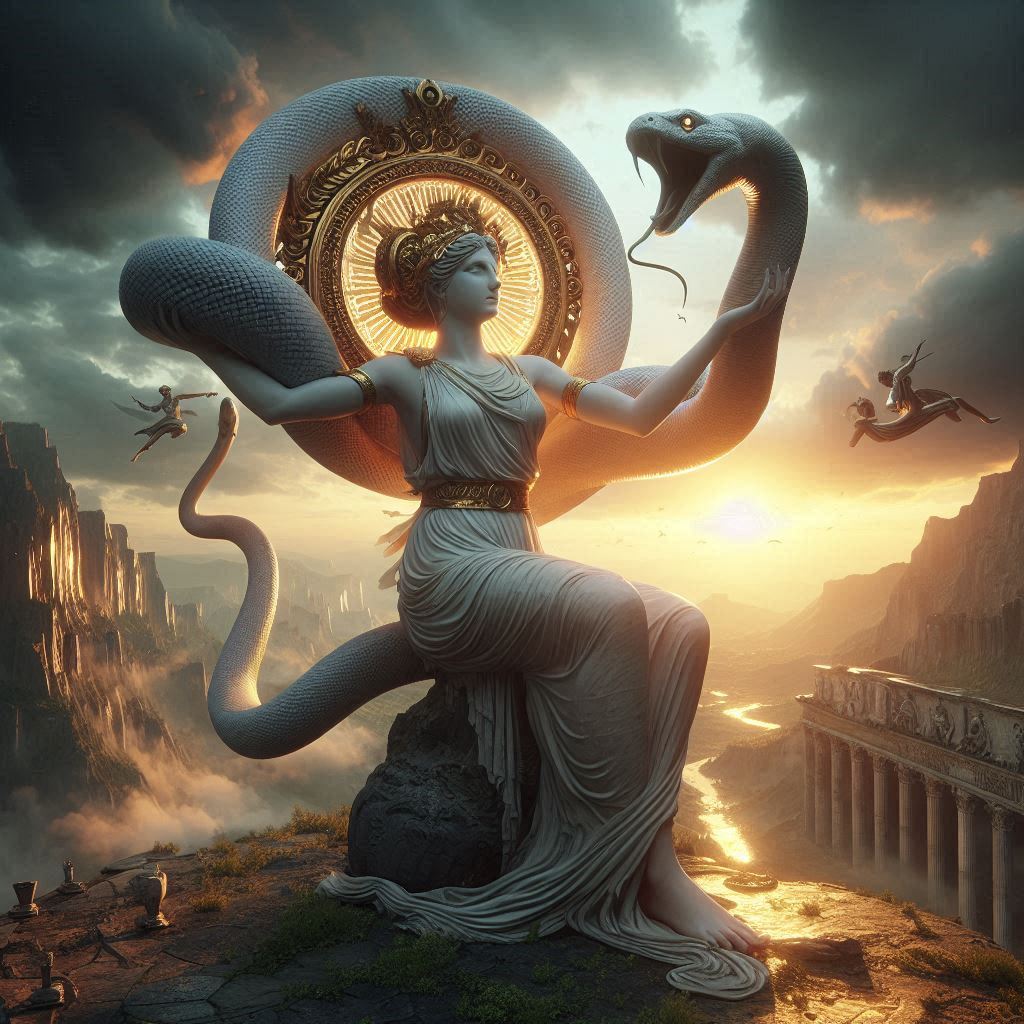Table of Contents
The “Secret of Secrets” in the Novels of Dan Brown: Ancient Truths in a Modern World
Dan Brown’s thrillers have captivated millions by weaving together art history, symbology, and conspiracy into a gripping narrative formula. At the heart of nearly every one of his novels lies a profound mystery, a hidden truth so powerful it could shake the foundations of Western society. This concept can be termed the “Secret of Secrets”—a timeless piece of knowledge protected by secret societies and encoded in the world’s greatest art and architecture. While the specific nature of this secret changes from book to book, its core characteristics remain consistent: it is an ancient, transformative truth that challenges institutional power, promising a new age of human potential for those brave enough to seek it.

The Formula of Revelation: A Quest for Hidden Knowledge
Brown’s narrative structure is itself a revelation of the “Secret of Secrets.” It almost always follows a familiar, yet effective, pattern: a brilliant symbologist, Robert Langdon, is thrust into a high-stakes chase after a horrific event. He, along with a capable female companion, must follow a trail of ancient clues hidden in plain sight within cultural landmarks—the Louvre, Vatican City, Washington D.C.’s monuments. This quest structure is fundamental to the “secret.” It suggests that true knowledge is not found in a textbook but earned through a process of intellectual deciphering and physical peril.
The secret is not simply told; it is uncovered. This transforms the reader into an active participant, learning about the Fibonacci sequence, pagan symbolism, and Noetic science alongside the protagonists, making the revelation feel like a personal discovery.
The Nature of the Secret: Challenging Orthodox Narratives
The specific content of the “Secret of Secrets” varies, but its purpose is always to subvert a dominant historical narrative. In The Da Vinci Code, the secret is the true story of the Holy Grail: not a physical cup, but the literal bloodline of Jesus Christ and Mary Magdalene, preserved by a secret society like the Priory of Sion. This secret threatens the very core of traditional Christian doctrine by suggesting a human, rather than purely divine, Christ and by elevating the sacred feminine to a position of power that was systematically suppressed by the Church.
In The Lost Symbol, the secret is less about historical revision and more about untapped human potential. Here, the “Ancient Mysteries” guarded by the Freemasons point towards the power of the human mind. The book delves into the field of Noetic science, suggesting that human thought can directly influence the physical world. This secret posits that the divine is not a external deity but a force of consciousness residing within each person, and that rituals and symbols are designed to help us unlock this latent power. In both cases, the “Secret of Secrets” is an empowering idea that transfers authority from a central institution to the individual.
The Guardians and the Antagonists: The Battle for Truth
A crucial element of Brown’s “Secret of Secrets” is the conflict between its protectors and those who seek to destroy or exploit it. The secret is always guarded by a secret society—the Priory of Sion, the Freemasons—who have safeguarded it for centuries from a powerful, often religious, institution that views the truth as heretical and threatening to its power, such as Opus Dei in The Da Vinci Code.
However, Brown adds complexity by introducing a third party: the fanatical true believer or the cynical opportunist. Characters like Silas the albino monk or Mal’akh the tattooed visionary are not simply villains; they are distorted reflections of the seeker. They desire the secret, but for a purpose contrary to its benevolent nature—for personal vengeance, power, or a twisted form of worship. This triad of forces (Guardians, Institutional Opponents, and Fanatical Seekers) creates a dynamic battle that illustrates the dangerous power of the secret itself; it is a force that can enlighten or corrupt, depending on the heart of the one who uncovers it.
The Philosophical Underpinning: A New Age of Enlightenment
Ultimately, the “Secret of Secrets” in Dan Brown’s universe serves a specific philosophical purpose. It is a vehicle for promoting a worldview of harmony and personal enlightenment. The revelation is never meant to simply destroy faith or create chaos. Instead, it is presented as a path to a more inclusive and enlightened future. The conclusion of The Da Vinci Code does not seek to eradicate Christianity but to suggest a faith enriched by the sacred feminine. The Lost Symbol ends with a call to recognize the divine potential within every individual.
The secret, therefore, is a catalyst for a new Renaissance—a merging of ancient wisdom and modern science that promises to elevate human consciousness. It suggests that the divisions between science and religion, male and female, human and divine, are false constructs that the “Secret of Secrets” can heal.
Conclusion: The Enduring Appeal of the Hidden Truth
While critics may debate the historical accuracy of Dan Brown’s claims, the immense popularity of his “Secret of Secrets” trope is undeniable. It taps into a deep-seated human desire to believe that the world is more mysterious and interconnected than it appears. It flatters the reader’s intelligence and offers a compelling alternative history that is more thrilling than the standard account. The “Secret of Secrets” is powerful because it is a metaphor for the act of learning itself: the joy of connecting dots, the thrill of challenging accepted wisdom, and the hope that a deeper, more meaningful truth is always waiting to be found, hidden just beneath the surface of the familiar world.


No responses yet